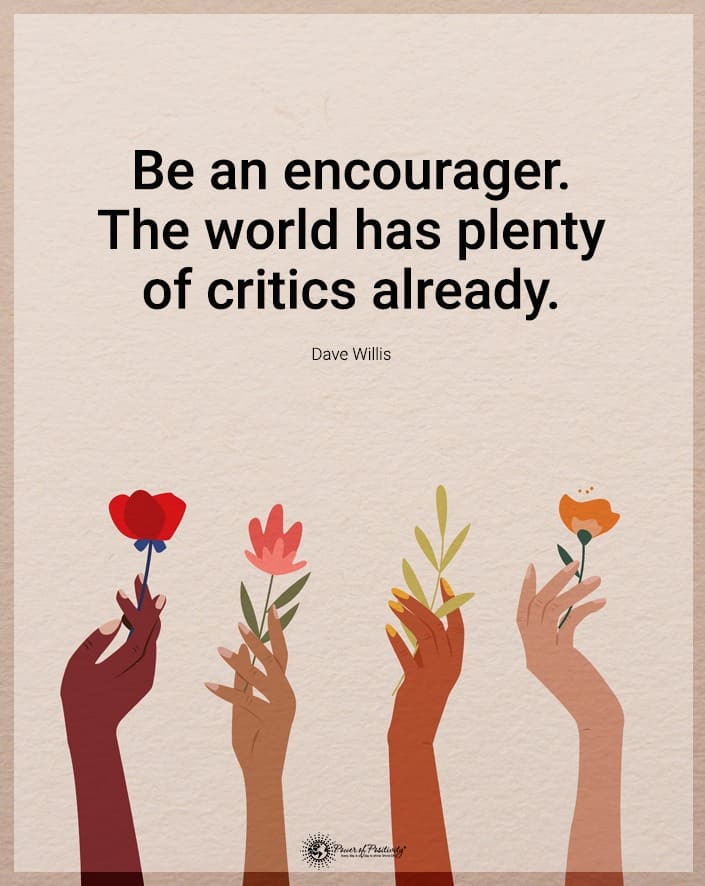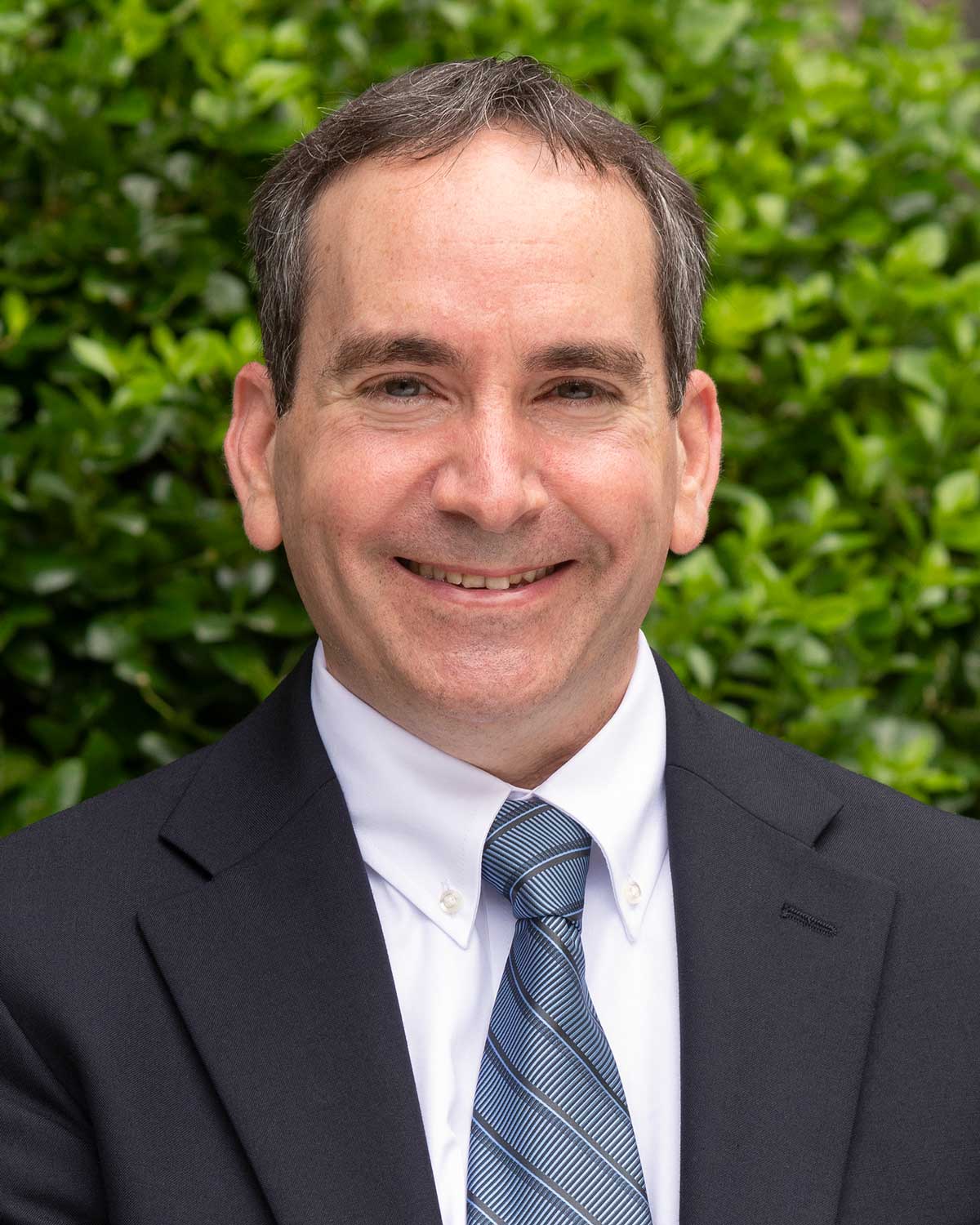The 19th-century Danish philosopher Søren Kierkegaard once wrote, “Life can only be understood backward, but it must be lived forward.” It seems Kierkegaard understood where we would be now: coping with a resurgent pandemic, caught in vast social divides, and faced with a climate on the brink. Perhaps unknowingly, he foreshadowed a need for positive leadership.
And he’s giving us some good advice. We must take in life’s most difficult lessons if we wish to become more than who we are now, and all that we could be in the years to come.
So what kind of leadership do we need to grow beyond these challenges?
How do we “live forward” in positive ways?
To begin to answer those questions, I created a Positive Leadership Lab on Clubhouse, an audio-only space that encourages the sharing of ideas from many different perspectives. We invited leaders from various fields, including film, marketing, business, life coaching, and psychology.
The seven principles we came up with are not an all-encompassing list. Still, they serve as an essential starting point for realigning ourselves as a global community with a more hopeful way forward.
Positive Leadership Principle 1: Deep Listening, Authenticity, and Compassion
Positive leadership involves listening carefully and deeply. Being heard at a deep level means being seen, understood, respected, and cared for.
This stands in stark opposition to the kind of shallow listening that passes time before one can speak again.
Deep listening and the understanding that emerges from it is an indispensable part of authentic communication. Without this listening, it may be harder to trust our leaders since doubt will linger about whether one’s personal needs, beliefs, values, and lived experiences have been truly felt.
Listening in this way also deepens compassion, and the more understanding we feel, the more likely we will help one another through the hardships of life.
Positive Leadership Principle 2: Sensitivity to the Full Range of Being
The full range of human experience embodies both the positive and negative sides of life. One discussion participant suggested that positive leaders are those who “show up with an open heart” to all the feelings that may arise in those they strive to help.
Sensitivity to the full range of including the idea that we are always becoming. The human condition demands that we are always in some state of flux or growth—painful at times, pleasant at others.
Positive leaders embrace this reality and respond to it with acceptance and valuing rather than irritation or denial. There are valuable lessons in life’s trials that call for sensitive exploration.
As part of this exploration, positive leaders are open to showing vulnerability. They freely admit that they stumble like anyone else. There was a consensus in the discussion that portraying oneself as superhuman weakens social connections and widens the gap that leaders need to cross to create positive change.
Embracing the full range of being is also a kind of unconditional love. It encourages others to adopt acceptance and kindness as guiding forces in life.
Positive Leadership Principle 3: Mindfulness and Positive Intention
Every one of us is a born leader because we stand at the helm of our own lives. We choose what we invest our attention in.
We can become great leaders through our choices by setting good examples for others: in words, speech, and actions. This process begins with cultivating our inner life to flourish and “pour into” the world.
The poet Emily Dickinson wrote, “the inner paints the outer.”
In such few words, she captures the truth that there is a direct connection between our thoughts and feelings and how we experience others and the world.
Leading ourselves at the highest level means being mindful of small moments of joy and meaning. When we catch those moments, we are reinforcing the value of appreciating, savoring, and loving. We are choosing joy in this way. There is deep intentionality here.
Positive leaders can more easily extend their care and concern toward others’ well-being from this mindful stance.
Positive Leadership Principle 4: Gratitude, Kindness, and Creating Positive Emotional Spaces
Happy leaders are more effective leaders, and we know that practicing gratitude contributes to that happiness. Researchers find that gratitude expression, in fact, is associated with better sleep, less depression, and stronger relationships. When it comes to culture-building and creating positive environments, gratitude can be a transformative force in the workplace and at home.
Expressing appreciation fuels kindness. Positive leaders who create kind, hopeful, and joyful environments establish a climate for inspiration and fulfillment, leading to more gratitude and compassion.
Research has also documented the social spread of positive emotions. If you feel happy, it increases the likelihood that someone in your social network will become happy. Positive leadership that values gratitude and kindness is better suited to spark and sustain growth-oriented emotional spaces.
Positive Leadership Principle 5: A Solution Focus
Someone mentioned in the group that positive leadership is solution-focused. It is essential to understand the causes of problems and mistakes to avoid repeating them. At the same time, we want to remove blame and anger from diagnosing obstacles.
Being solution-focused means leaning forward rather than backward. This focus allows us to use the experience to inform the next steps rather than ruminating and punishing others for their missteps.
Innovation and progress, in large part, depend on how we respond to problems and unforeseen stresses. Building positive emotional spaces can help us become more effective in solving problems. According to some studies, our minds are more likely to open up and find new resources when we feel good.
We also share equal responsibility in creating and maintaining solution-oriented environments. In this way, positive leadership is not a one-way street or a top-down process. Effective leaders see themselves as partners in change more than the directors of it.
Positive Leadership Principle 6: Humility, Service, and Advocacy
Cathy Quartner Bailey wrote,
“Great leaders don’t set out to be a leader . . . they set out to make a difference.”
Bailey meant that positive leaders are likely to set aside ego-driven pursuits like status, personal aggrandizement, and power.
While positive leaders allow their mission to guide them, ideally, their focus is not on themselves. It is on the individuals, families, and communities they seek to help. In that way, positive leadership is about service over gain.
True humility rests in the ability to marvel at the human experience, respect forces greater than the self, honor the wisdom in every person, and continually enact the belief.
“I am not better than anyone else.”
By being humble, service-focused, and mission-driven, positive leaders empower those that they guide. In essence, they create other leaders rather than organizations.
Service in positive leadership highlights advocacy, lifting those who are vulnerable, marginalized, victims of stigma, or unheard in any way—who want or ask to be advocated for. A positive leader’s voice can amplify the voices of those who may not be heard as loudly or as clearly with respect, authenticity, and deep caring.
A positive leader takes on a great responsibility to carry forward and champion all people’s essential and inherent dignity. There is a felt obligation to protect that dignity and celebrate people’s strengths, values, ideas, and life stories.
Positive Leadership Principle 7: Moral Direction and Inspiring Others
During our discussion, we returned to the idea many times that positive leadership has a forward-looking stance. It is crucial to think prospectively about how we are changing the world for future generations. If our goal is to build healthier societies, we can start modeling the kind of leadership in everyday conversations with youth.
One participant captured this idea in a Biblically inspired statement,
“Sow a good seed and you will reap a just reward.”
We can inspire young people to appreciate positive leadership qualities like gratitude, empathy, deep listening, mindfulness, courage, mission-driven action, and openness. Building character in this way relies on a solid moral direction at the source.
Positive leaders seek to do no harm. They work from a place of beneficence, support autonomy, and strive to understand and care for others. Any moral effort will create more hopeful futures since morality acts as a compass for thought, action, and feeling.
We Can Build a Better World Together
By the end of our time together, participants on our panel felt more like gardeners than moderators.
We had gathered and planted seeds for something beautiful to grow, conceptually and practically, around how we can collectively push through the fires burning around us to build a better world. That vision begins with imagination, specifically imagining a world that would have invited us to live in it.
Shakespeare wrote,
“What’s past is prologue.”
The bard and Kierkegaard both challenge us to look back over our shoulders when necessary, to learn, and to remember our core values. At the same time, we must keep ourselves focused on the horizon.
There is good reason for optimism as we look out onto that horizon.
Corporations increasingly recognize positive leadership. They reflect this commitment in creating roles dedicated to emotional wellness, like the Chief Happiness Officer position at Google. The more that positive leadership becomes woven into corporate structures, the more we can amplify the values and moral forces that can lead us to higher levels of awareness.
Positive leadership sustainability also means allowing ourselves to be imperfect along the way to find our best selves. Self-compassion becomes a core for that sustainability.
As one panel member put it, “sometimes we need to put on the oxygen mask first before we can help others.” Within any growth or transformational process, there are painful moments and points at which we feel lost.
It can help to think of ourselves more like “caterpillars becoming butterflies” over and over again, until one day we realize that we remain transformed. We can see how our wrong turns in that growth process ultimately become our greatest teachers.
If all of us think of ourselves as leaders and students of life at the same time, we become ready to create a civilization that holds peace as a core value. And if we take thoughtful steps toward the horizon of our ideals, leading with the heart, there will be many things future generations will be proud of us for—more perhaps than we ever imagined.





















